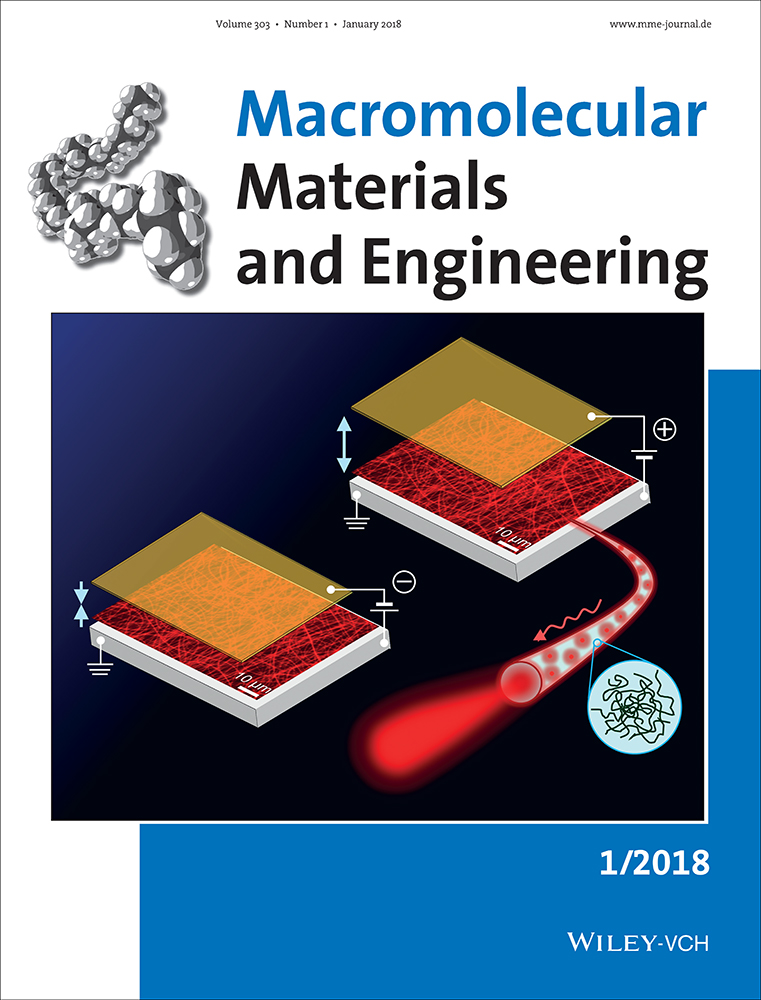Control of Pore Structure in Polymeric Monoliths Prepared from Colloidal Dispersions
Abstract
Reliable control of pore size distribution in porous materials is a key feature for addressing specific applications. The reactive gelation process represents a robust and efficient method to obtain mechanically stable monoliths with tunable pore size distribution. Primary polymer nanoparticles are destabilized and aggregated in a controlled way, forming a percolating gel. Afterward, this structure is hardened by a postpolymerization, carried out through heating. Different parameters play a major role in determining the final morphology of the monolith. In this work, the effect of primary particle architecture (i.e., core-to-shell ratio) and initial solid content of the latex is investigated, using two different sizes of nanoparticles. Actually, the first parameter affects the pores in the small range (0.01–1 µm) whereas the latter those in the larger one (1 µm to several micrometers), independently of the primary particle size. As a result, monoliths with very well-defined pore size distributions are obtained.
Conflict of Interest
The authors declare no conflict of interest.




